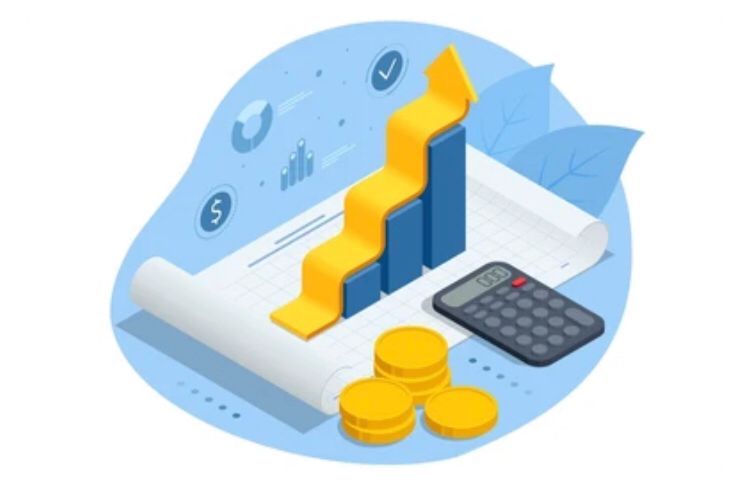The Impact of Government Policies on Mutual Funds in India
Introduction Mutual funds have become an integral part of the Indian financial landscape, providing a popular investment avenue for retail and institutional investors alike. The regulatory framework and government policies play a pivotal role in shaping the growth and development of the mutual fund industry. This blog explores the multifaceted impact of government policies on mutual funds in India, covering aspects such as regulatory frameworks, tax policies, investor protection, and more. Regulatory Framework SEBI Regulations The Securities and Exchange Board of India (SEBI) is the primary regulatory authority overseeing the mutual fund industry. SEBI’s regulations ensure transparency, protect investor interests, and maintain the integrity of the market. Some key SEBI regulations impacting mutual funds include: Recent Regulatory Changes In recent years, SEBI has introduced several changes to enhance investor protection and improve the mutual fund ecosystem: Tax Policies Long-Term Capital Gains (LTCG) Tax The reintroduction of the LTCG tax on equity mutual funds in the Union Budget 2018 significantly impacted the mutual fund industry. Previously, long-term gains from equity mutual funds were tax-exempt. The new tax policy included: Dividend Distribution Tax (DDT) Abolition The Union Budget 2020 abolished the DDT on dividends paid by mutual funds and introduced a new tax regime where dividends are taxed in the hands of investors. Key aspects include: Investor Protection Investor Education and Awareness The Indian government, along with SEBI and mutual fund houses, has been actively promoting investor education and awareness programs. These initiatives aim to educate investors about the benefits and risks of mutual fund investments, helping them make informed decisions. Enhanced KYC Norms To protect investors from fraudulent activities and money laundering, SEBI has strengthened Know Your Customer (KYC) norms for mutual fund investors. Key measures include: Technological Advancements Digital Initiatives The government’s push for a digital economy has significantly impacted the mutual fund industry. Digital initiatives have made investing in mutual funds more accessible and convenient for investors. Economic Policies Monetary Policy The monetary policy of the Reserve Bank of India (RBI) influences the performance of debt mutual funds. Changes in interest rates and liquidity conditions directly affect the returns of debt funds. Fiscal Policy The government’s fiscal policies, including budget allocations and public spending, impact the overall economic environment and investor sentiment, which, in turn, affect mutual fund investments. Impact of Global Policies International Trade Policies Global trade policies and geopolitical developments can have a significant impact on the Indian mutual fund industry, particularly on schemes with international exposure. Global Regulatory Standards Adherence to global regulatory standards and best practices enhances the credibility of the Indian mutual fund industry and attracts foreign investments. Conclusion Government policies play a crucial role in shaping the mutual fund industry in India. Regulatory frameworks, tax policies, investor protection measures, technological advancements, economic policies, and global influences collectively impact the growth and development of mutual funds. As the government continues to refine these policies, the mutual fund industry is poised for further growth, providing a robust and transparent investment avenue for investors. Frequently Asked Questions (FAQs) 1. How do SEBI regulations impact mutual fund investors? Answer: SEBI regulations are designed to protect investors and ensure transparency in the mutual fund industry. Key regulations include stringent disclosure norms, limits on expense ratios, and the categorization of mutual fund schemes. These measures help investors make informed decisions by providing clear information on fund performance, costs, and risks. Recent initiatives like the Risk-o-Meter and flexi-cap funds offer further clarity and flexibility, enhancing the overall investment experience. 2. What is the impact of the Long-Term Capital Gains (LTCG) tax on mutual funds? Answer: The reintroduction of the LTCG tax on equity mutual funds has significant implications for investors. Gains exceeding ₹1 lakh in a financial year are now subject to a 10% tax without indexation benefits. This change has increased the tax burden on long-term investors, making it crucial for them to factor in potential tax liabilities when planning their investments. The grandfathering clause provides some relief by exempting gains made until January 31, 2018. 3. How has the abolition of the Dividend Distribution Tax (DDT) affected mutual fund investors? Answer: The abolition of DDT has led to dividends from mutual funds being taxed in the hands of investors according to their individual income tax slab rates. This change has increased transparency and aligned India with global tax practices. However, it has also increased the tax burden for high-income investors who may now pay higher taxes on their dividend income. Investors need to consider this change when choosing between growth and dividend options in mutual funds. 4. What role does technology play in the mutual fund industry? Answer: Technology has revolutionized the mutual fund industry by making investing more accessible and convenient. Digital platforms and mobile apps enable investors to manage their investments from anywhere, at any time. E-KYC and e-signature facilities have streamlined the account opening process, reducing paperwork and enhancing efficiency. These technological advancements have attracted a broader base of investors, including tech-savvy millennials who prefer digital solutions. 5. How do global policies affect mutual funds in India? Answer: Global policies and geopolitical developments can significantly impact the Indian mutual fund industry, especially schemes with international exposure. Changes in international trade policies, tariffs, and geopolitical tensions can lead to market volatility, affecting the performance of mutual funds. Compliance with global regulatory standards, like FATCA and IFRS, enhances the credibility of Indian mutual funds, attracting foreign investments and ensuring transparency in financial reporting.
The Impact of Government Policies on Mutual Funds in India Read More »











